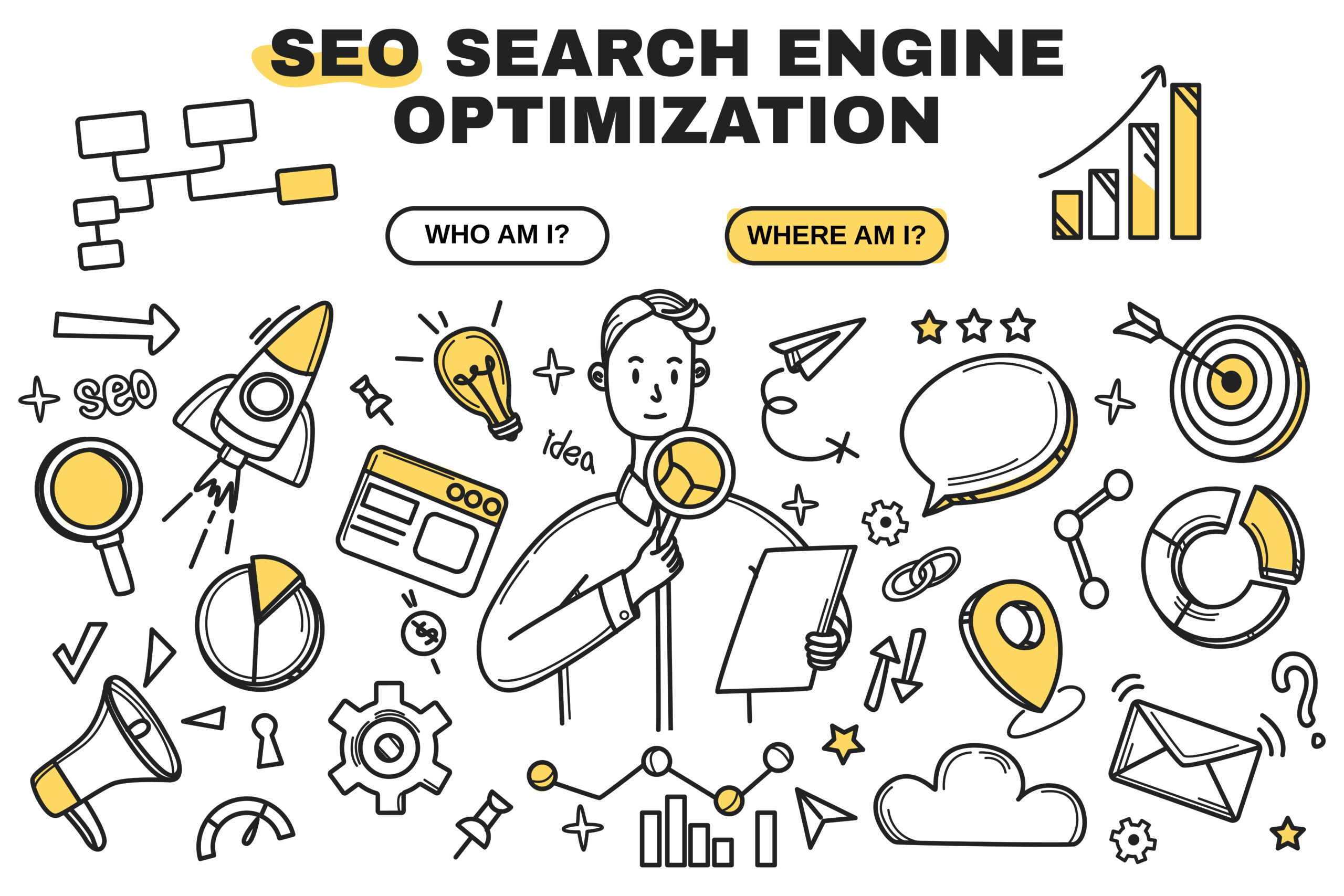If you’ve ever wondered how some websites magically appear at the top of Google search results while others stay buried on page 10 — the answer is SEO.
SEO, or Search Engine Optimization, is the process of optimizing your website so that it ranks higher on search engines like Google. When done right, SEO brings more visibility, organic traffic, and potential customers — all without paying for ads.
As someone who’s just started learning digital marketing, I found SEO fascinating because it’s not about hacking Google. It’s about making your website better — for both search engines and real people.
What exactly is seo?
Let’s break it down in simple terms:
-
Search Engine = Google, Bing, Yahoo, etc.
-
Optimization = Making improvements to your content, structure, and technical setup so search engines can understand your website.
When you search for something like “best phone under 20k”, Google looks through millions of pages and shows the most relevant, trustworthy, and optimized ones at the top. SEO helps your site become one of them.
![]()
How seo works?
SEO has multiple parts that work together like gears in a machine. Here’s how the process works:
1. Crawling
Google uses bots (also called spiders) to discover your website pages by “crawling” the internet.
2. Indexing
Once crawled, your website is added to Google’s database — this is called indexing. You can use Google Search Console to check if your pages are indexed.
3. Ranking
Google then ranks your pages based on hundreds of factors like content quality, keywords, site speed, backlinks, and mobile-friendliness.
Types of seo
There are 3 main types of SEO:
1. On-Page SEO
This involves optimizing your website content — using relevant keywords, writing good meta titles/descriptions, using proper headings, adding images with alt text, and maintaining good readability.
2. Off-Page SEO
This is about building trust and authority outside your website — mostly by getting backlinks from other relevant and high-quality websites.
3. Technical SEO
This ensures that your website is search-engine friendly — fast-loading, mobile responsive, secure (HTTPS), and easy to crawl.
Why is seo important?
-
Free Traffic – SEO helps bring visitors to your website without paying for ads.
-
Credibility – People trust websites that rank higher on Google.
-
Long-Term Results – Unlike ads, the benefits of SEO build up over time.
-
Better User Experience – Good SEO also improves how your site feels to users.
REAL LIFE EXAMPLE:
Let’s say you have a blog about homemade cakes. If your blog is well-optimized for keywords like “easy chocolate cake recipe” and has helpful content, there’s a good chance Google will rank you on the first page. That means more people will visit your blog, try your recipe, and maybe even subscribe!
Tools that help with seo!
As a fresher, these tools helped me understand and practice SEO:
-
Google Search Console – Check if your site is indexed and see keyword performance
-
Google Analytics – Track how people interact with your site
-
Ubersuggest – Keyword research and SEO audits
-
Yoast SEO – Easy plugin for WordPress users to optimize pages
-
Screaming Frog – Crawl your website and find SEO issues
SEO isn’t about tricking Google — it’s about helping Google (and users) understand your content better. Whether you run a blog, portfolio, or small business website, SEO is a must-have skill.
I’m still learning and experimenting every day, and that’s the fun part — SEO is not a one-time task; it’s a long-term journey. If I can start understanding it, so can you!
Have questions or want to know more about any SEO tool or strategy? Drop a comment— I’d love to help!
